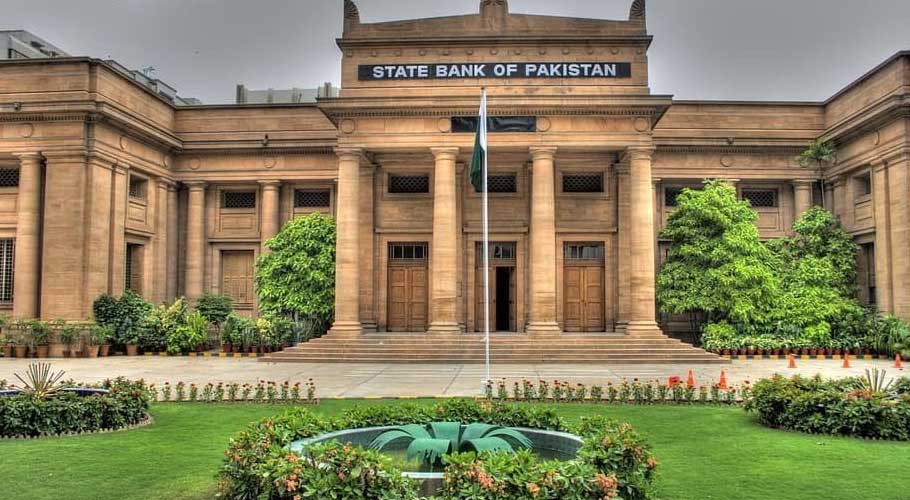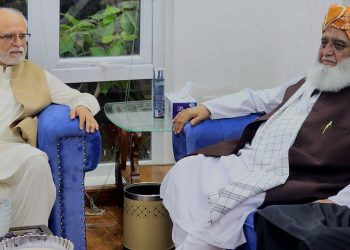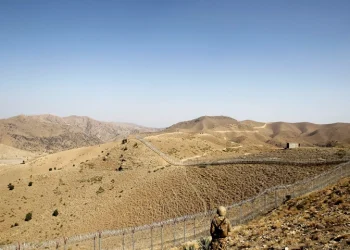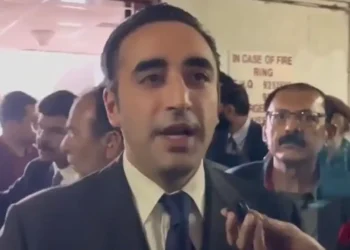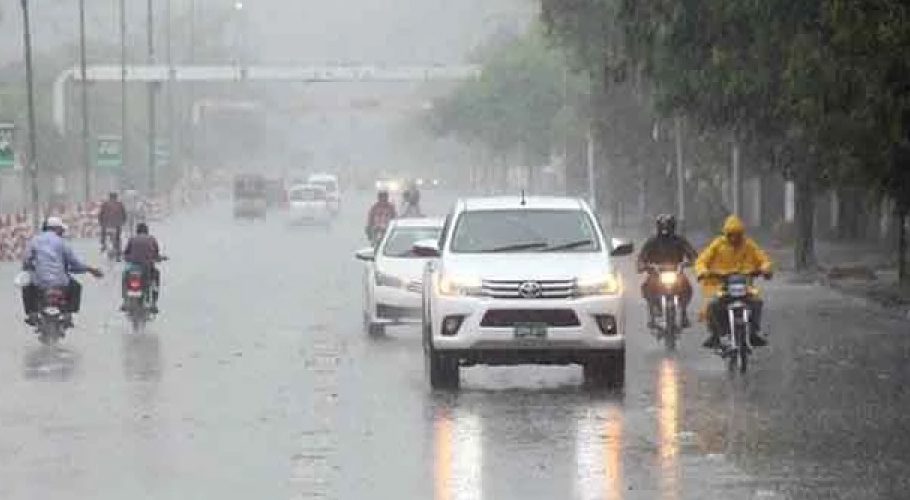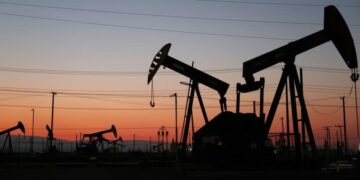KARACHI: The State Bank of Pakistan’s (SBP) Monetary Policy Committee (MPC) on Monday announced an increase in interest rates of 100 basis points, bringing the rate to 17 percent.
Governor SBP Jameel Ahmad conveyed the monetary policy decision at a press conference following the meeting.
The committee, in its meeting, noted that inflationary pressure was persistent. “It noted that price stability was required to control inflation and maintain the growth rate,” Ahmad said.
“Our immediate problems, such as the current account deficit, continue. Our reserves are under pressure since the inflows we were anticipating have been delayed somewhat.” He added.
Thirdly, the committee took note of the state of the world economy, especially the IMF and World Bank’s lowering of the rate of global economic growth and the ongoing unpredictability. It has a direct or indirect impact on our market. Our exports and remittances, for instance, are affected.
In its previous policy meeting in November last year, the central bank had pushed the rate by 100 basis points to 16%. It has now raised rates by a total of 725 bps since January 2022.
A majority of market experts had predicted a rate hike by 100 basis points to 17%, as the county struggles to rein in persistently high inflation.
Since the MPC meeting held in November, a number of key economic developments on the domestic front have taken place.
On a year-over-year basis, the Consumer Price Index (CPI)-based inflation rate for December came in at 24.5%.
During the first half of this fiscal year (FY23), Pakistan’s current account deficit drastically decreased by 60%, primarily because of lower import costs.
In comparison to the same time in the previous fiscal year (FY22), the current account posted a deficit of $3.67 billion from July through December of FY23, a drop of $5.42 billion.
The government’s inability to resume the IMF’s ninth review and its subsequent inaction have raised concerns among economists and financial markets. This is because the government is still unsure of how to meet the lender’s requirements, which include increased revenue commitments, an increase in PDL and GST on petroleum products, and an increase in electricity and gas prices.







